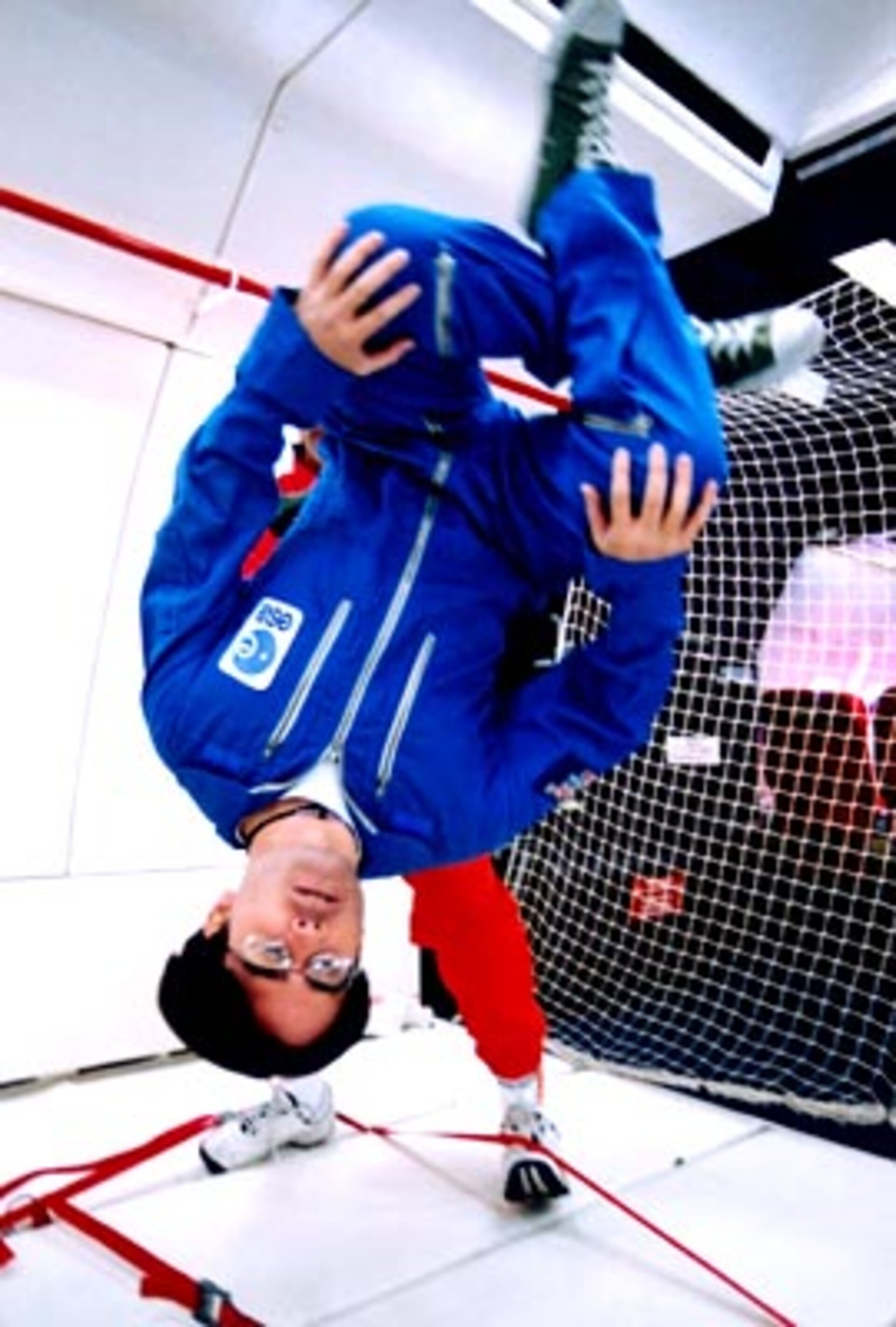ESA and space tourism
The general public's interest in suborbital flying is now substantial. Such flights could offer a realistic opportunity to 'touch' space by experiencing weightlessness and seeing the curvature of the Earth's limb. Being so closely related to ESA's 'core business', the Agency is observing these developments with interest, and is now presenting its position on privately-funded suborbital spaceflight.
On 7 November last year ESA's "Study of European privately-funded vehicles for commercial human space flight" final presentation took place in ESTEC, ESA's technical centre in The Netherlands. The study, which was conducted within the Agency's General Studies Programme (GSP), was aimed at providing ESA with a better understanding of this emerging industry, like several other assessments carried out by the Agency over the last two years.
As a follow-up of this work, an internal working group was set up with the goal of making recommendations based on previous studies; the outcome of their work was endorsed by all ESA Directors on 14 April. Upcoming public events -such as IAA's "1st Symposium on private human access to space" on the last week of May- provide an excellent opportunity to present these conclusions to a wider audience.
An opportunity for personal space
Many think that the progress of the Space Tourism industry could follow that of twentieth century aviation. Suborbital flight vehicles, designed for use over and over again, could gradually bring down the costs, as the technology and the operational approach become more mature.

ESA recognises the private sector's efforts both in the achievement of suborbital flights and in the associated technological development. The Agency intends to show this recognition by helping provide the necessary environment for this industry to flourish; for instance, by assisting in the setting up of legal frameworks for operation across Europe, involving civil aviation authorities and other relevant bodies in a debate on this matter.
Private developers of space tourism could also gain by collaborating with ESA on areas of recognised ESA expertise, such as astronaut training and space medicine, as part of their efforts to ensure thorough preparation programmes for space tourists and safe flight experiences.
These areas of expertise can be offered on top of the vast wealth of already developed and maturing technology, plus ideas that are still undergoing investigation and experiment. In order to facilitate the free flow of ideas among all interested European players, ESA intends to help establish a platform for voluntary information exchange and interdisciplinary discussion. Some pilot experiences and intense debates taking place in the frame of the GSP study last year were already very positive and inspiring.
While ESA must be careful not to interfere in a fully competitive market its experience, achievements to date, eye for opportunity and bold vision of space utilisation should make a valuable contribution to this exciting new phase of human endeavour.
ESA's position paper on privately-funded suborbital spaceflight can be accessed here.
For more information
Andrés Gálvez
General Studies Programme manager
Tel: +33 1 5369 7623
Email: andres.galvez @ esa.int




